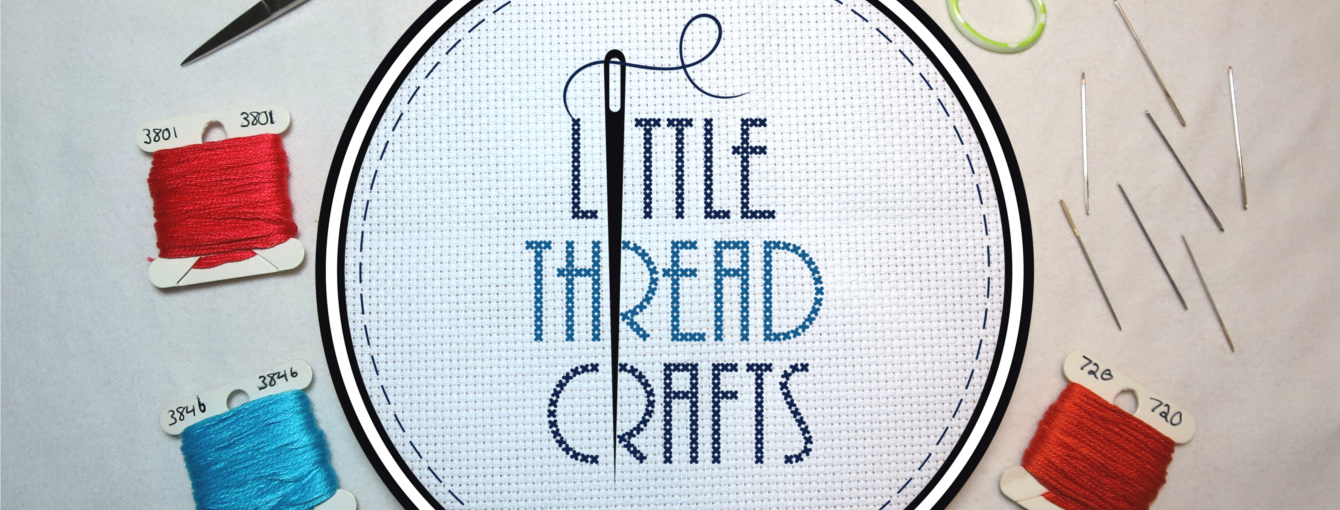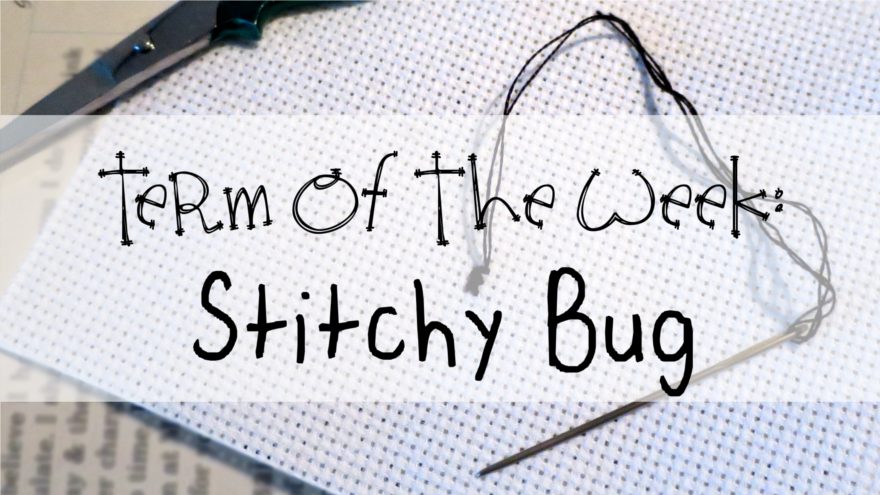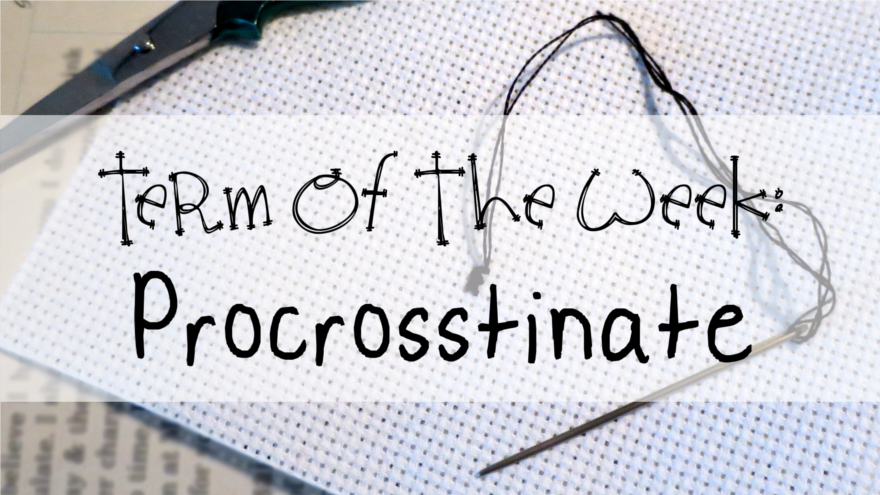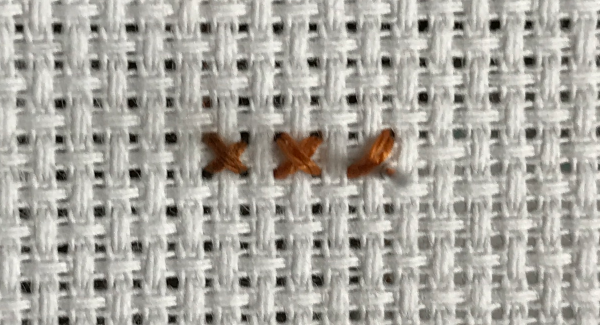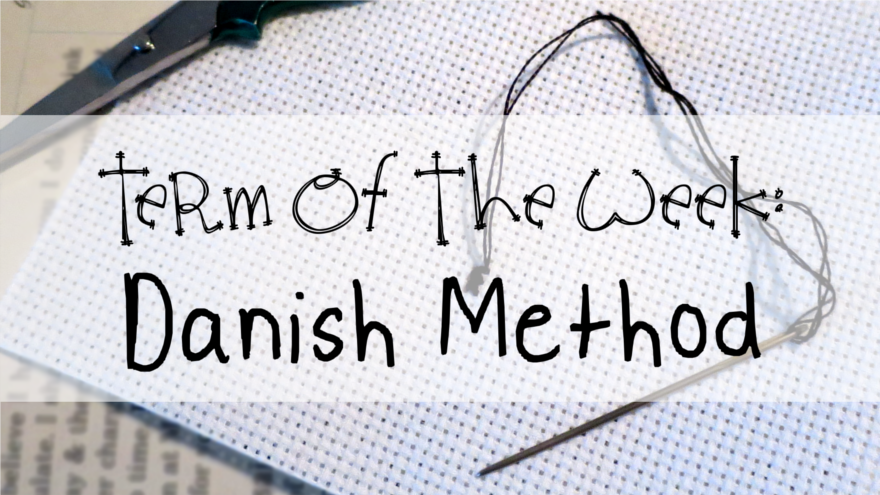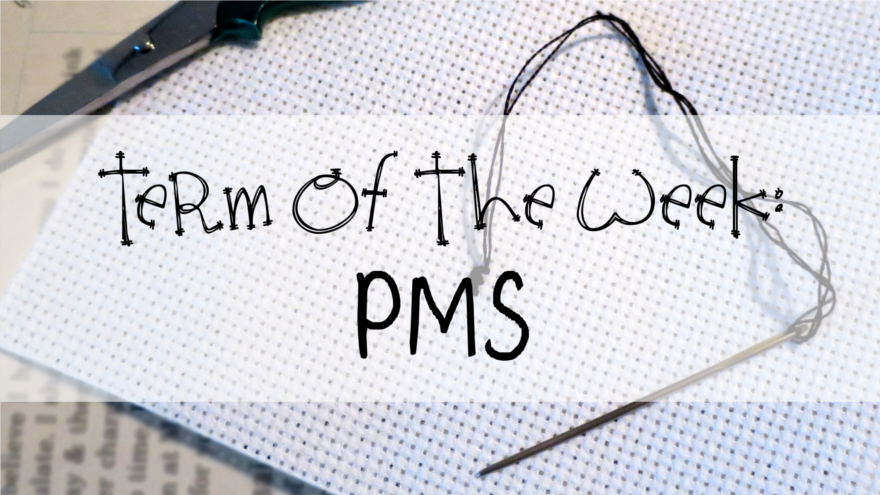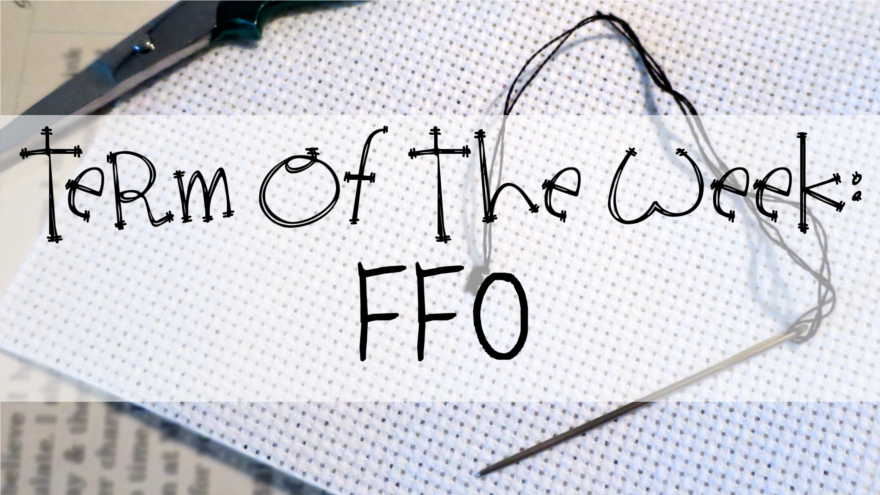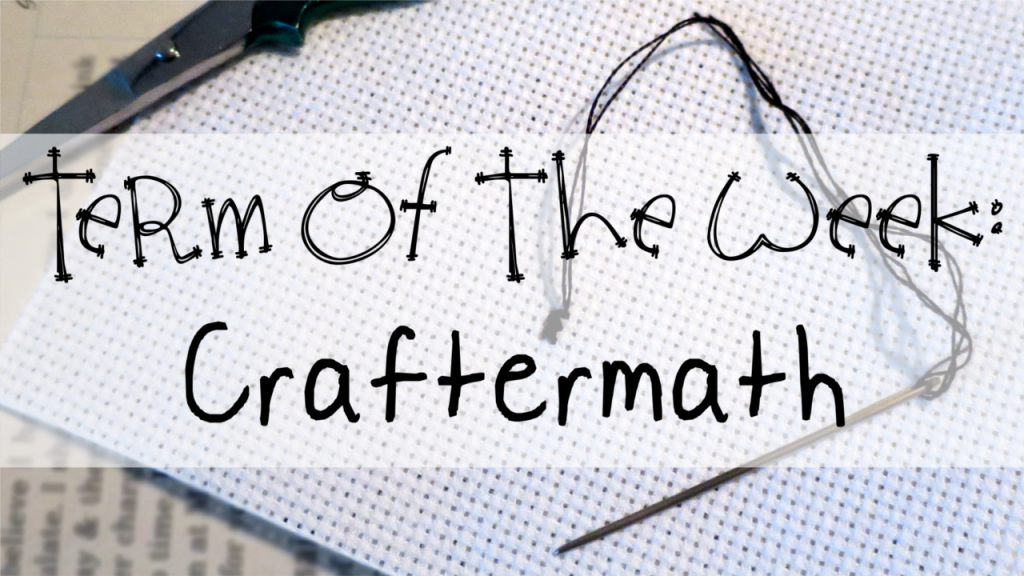Term of the Week: s.e.X.

Term of the Week: s.e.X
For this week’s Term of the Week… I know, at first glance, it doesn’t look family friendly. But trust me, it is an actual term I have seen used in conversation, and it’s not as bad as you might think!
s.e.X. It’s obviously an acronym, but what does it mean? And why would anyone use it in a conversation when it’s clearly going to be taken the wrong way? Well, to answer the second question, that’s part of the fun!
Anyway, s.e.X stands for Stash Enhancement eXperience. Some will tell you it’s basically a way to make “shopping for new stash” sound dirty in a funny way. Others will say that s.e.X is a particularly euphoric stash buying experience – maybe you saved a lot of money during a great sale or found something you’ve wanted for a long time really cheap, or a hard to find item made its appearance just as you started looking for it.
s.e.X is a stash buying experience that fills you head to toe with pleasure and glee. Hence the appropriately named acronym for the event!
——————————————————————————
“Term of the Week” is a weekly blog post highlighting a new word or phrase commonly used among cross-stitchers but not found in an ordinary dictionary. These posts are to help explain the words’ meanings in context and provide a resource for anyone wondering what a term like “frogging” means. Check back every Thursday!
